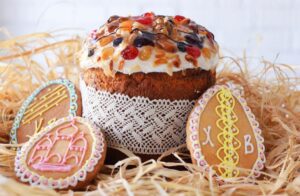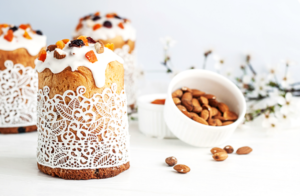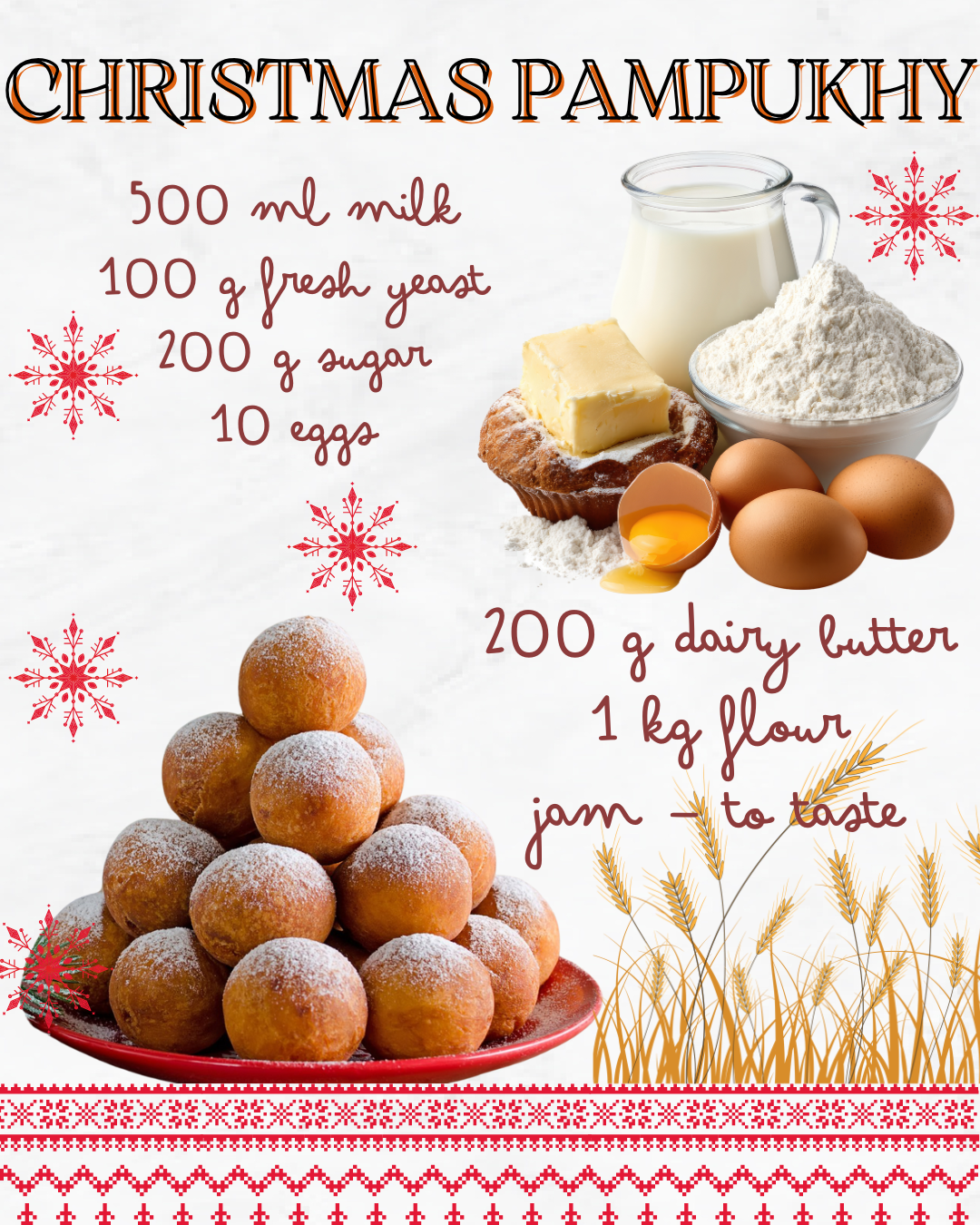Have you ever wondered why it is so important to follow a recipe? Of course, you can change some dishes’ ingredients or cooking methods according to your taste. However, only in some cases should you or can do it. The recipe for Easter bread is a good example.
Although there are a lot of traditional and modern paska recipes in the Ukrainian culture, their authors always recommend you follow all the instructions strictly. So why should Easter baking be done this way and not otherwise? Just so that your paska (babka) stays fresh for a long time and is to the taste of everyone who tastes it.
The main tips for cooking Ukrainian Easter bread
Do you want to cook airy, tender, and fragrant paska? Then use some proven tips from Ukrainian housewives.
Use premium-quality flour
Quality flour is the key to a good bakery. It contains a sufficient quantity of gluten-forming proteins (glutenin and gliadin), which can absorb a large amount of water, form a strong gluten network, and retain a large amount of fat. Therefore, choose the highest grade flour for paska (babka).
Use yeast choux pastry
Hot water should be added to the flour to gelatinize the starch in the flour partially. The part of the starch gelatinizes during the kneading process, long before baking in the oven. The starch gelatinized in this way makes Easter bread elastic and mold; when cut it will not crumble. A part of the flour is combined with hot water, milk, cream, or mashed potatoes, and then it is mixed into the dough.
Opt for osmotolerant yeast
Osmotolerant (also known as sugar-tolerant) yeast is used to prepare the yeast bakery that is high in sugar, eggs, and fat. The fact is that when preparing paska, sugar creates a high osmotic pressure in the dough, so regular yeast slows down its activity. This leads to increasing the amount of yeast to obtain an airy texture. And osmotolerant yeast processes sugar slowly, which means that in high-prescription baking, you can take 20-30% less yeast than in a traditional bakery.
Add dairy butter to the dough at the beginning of cooking
Adding butter to the dough at the first stage of kneading the dough leads to the fact that the cooked paska (babka) will have a delicate, finely porous structure. To obtain a fibrous structure (which is necessary for other pastries), add butter when the gluten network has already developed very well, at the end of the dough kneading. Therefore, adding butter to the dough at the initial kneading stage is better so that Easter bread is tender, airy, finely porous, and not fibrous.
Let the dough rest
Initially, you should mix the flour into the dough until the ingredients are combined, then leave the mass to rest for 20-30 minutes. During this time, the flour absorbs water, and gluten forms on its own under the action of enzymes. This process is called “autolysis” or passive formation of gluten. Thanks to it, the dough becomes more elastic and does not stick to your hands, so you can use less flour and get a more airy texture.
Alternate kneading of dough with the rest
After the first passive gluten formation, you should knead the dough mechanically – by hand or with a kitchen machine. This is an active way of forming gluten. Then again, leave the mass for 20 minutes for the subsequent passive formation of gluten. That is, we alternate the passive and active ways of forming gluten. Preparing the dough this way is very simple because you do not put effort into kneading and spend significantly less time.
Use cold fermentation
After kneading, the dough should be sent to the fridge. This is a “cold fermentation” method where the yeast works slowly in the cold. Thanks to the long fermentation, the yeast has time to break down enough sugars and starch, to form the right amount of acids, enzymes, and alcohols. These compounds give products a peculiar taste and smell of good yeast baking. In a warm room, fermentation takes about 4 hours, and in the fridge, it takes about 12 hours. Upon the condition of fast fermentation, such compounds need more time to form in sufficient amounts.
Soak dried fruits in alcohol
Dried fruits should be soaked in alcohol before adding them to the dough. This gives them a unique bright aroma and pleasant aftertaste, and the alcohol completely evaporates under the influence of high temperatures during baking. Such a trick allows you to cook mold, soft, and tasty Easter bakery.
Are you planning to cook paska (babka) for Easter? Then take these tips on board to make your pastries great!








